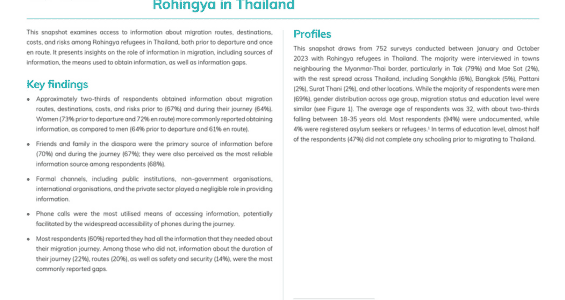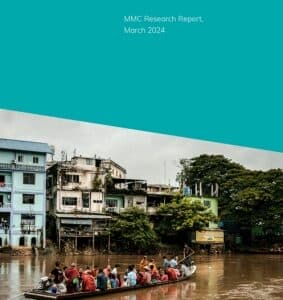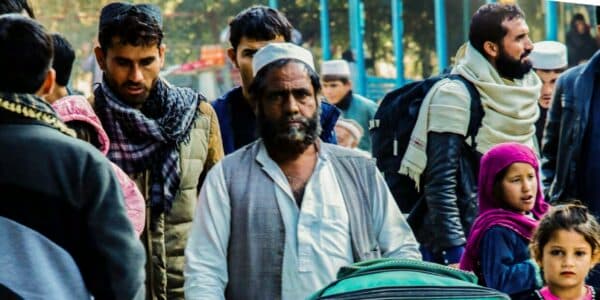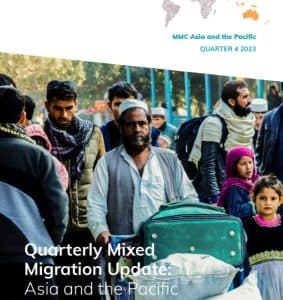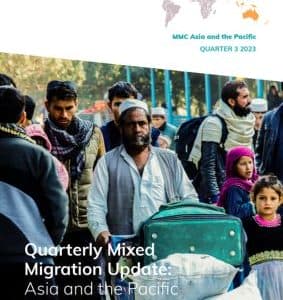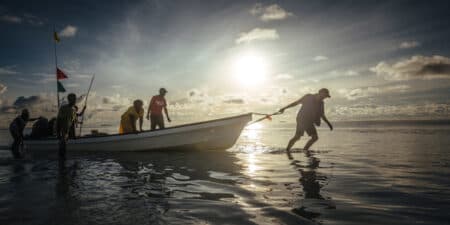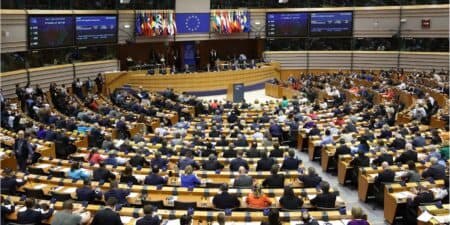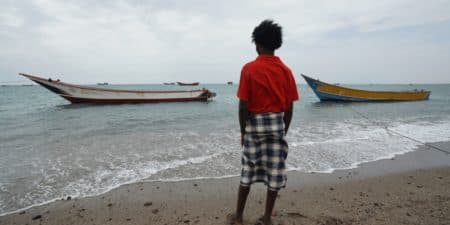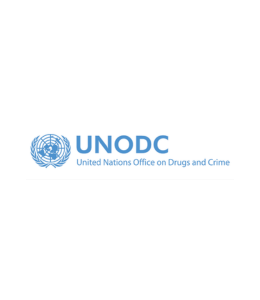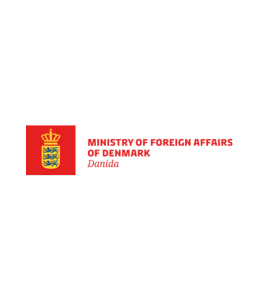Mixed Migration in Asia and the Pacific
Asia is characterized by fast evolving and complex population movements, including the large-scale and often irregular movement of migrants. Across the region, weak legal protection frameworks result in migrants often being categorized as “irregular” or “illegal” migrants, subjecting them to measures including arrest, detention and deportation as well as increasing their risk of exploitation. Throughout the region many take great risks to escape life-threatening situations, such as conflicts, violence, discrimination or natural disasters, embarking on perilous journeys by land or sea. Others, motivated in search of better opportunities, migrate to work in often dangerous, dirty and demeaning (3D) jobs, exposing them to risks such as exploitation and trafficking. Regardless of their motivations for migration, people moving in mixed migration across Asia travel along similar routes and engage similar means, often travelling irregularly with the assistance of smugglers.
